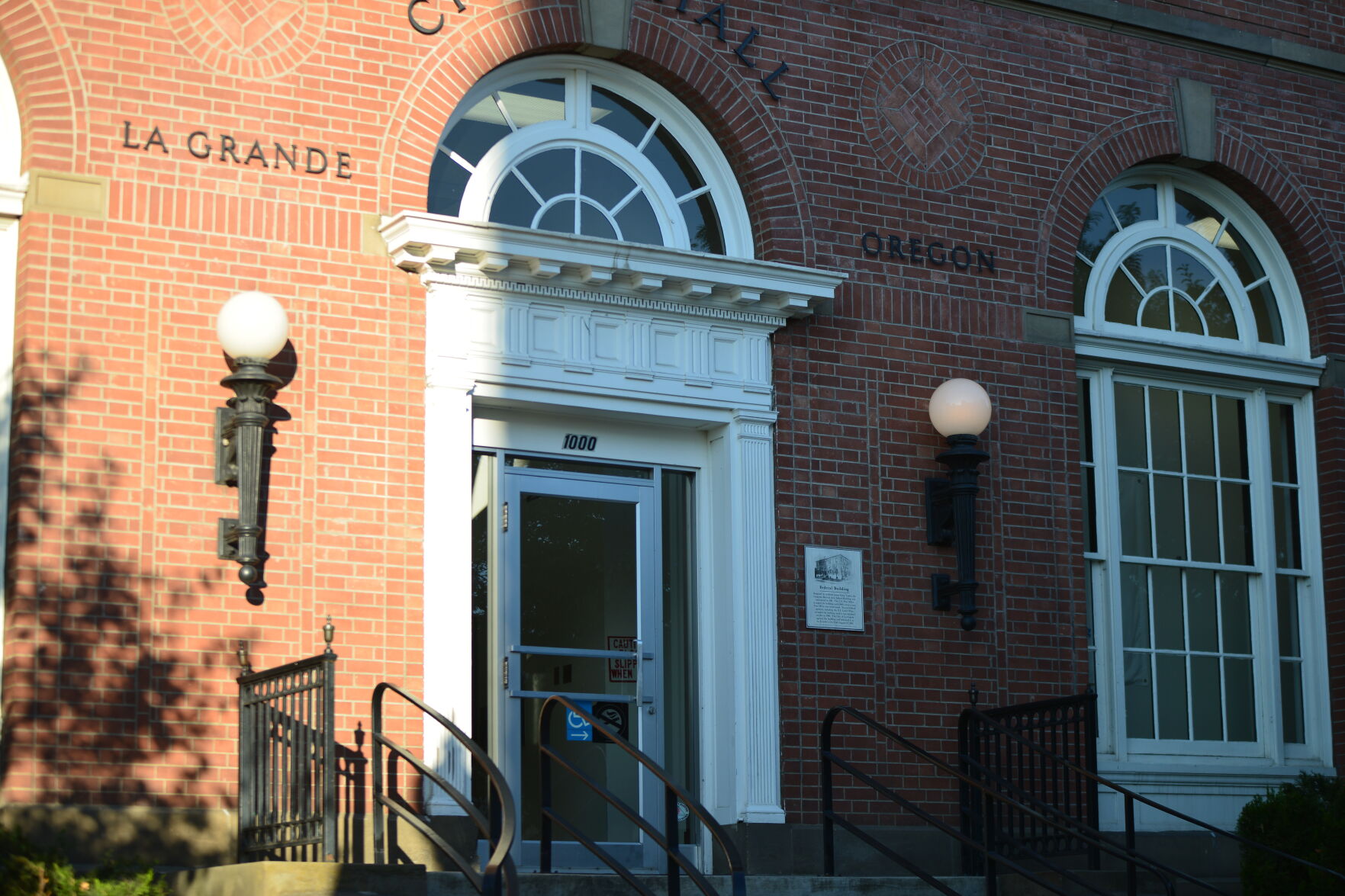Lock and dam system benefits Pacific Northwest, advocate says
Published 5:00 pm Monday, July 31, 2023

- Lower Monumental Dam. It is one of four dams on the lower Snake River.
RICHLAND, Wash. — The Columbia-Snake River System is a keystone of the Pacific Northwest agricultural economy, an advocate for river users says. An average of 51 million tons of cargo moves through the Lower Columbia River each year.
About two-thirds of those exports are grain, and about 8.5 million tons of cargo are barged through the inland system of locks and dams, said Heather Stebbings, executive director of Pacific Northwest Waterways Association.
The system is the No. 1 wheat export gateway in the U.S., No. 2 in the nation for corn and soybean exports and No. 3 in the world for grain exports, she said.
The association advocates for funding and policies to support the movement of goods on Pacific Northwest waterways, she said during the latest “From the Field” podcast by the Idaho Wheat Commission.
The reliability of barging on the system is extremely helpful in terms of having multiple modes of transportation and helps keep the overall cost of transportation low due to competition, she said.
“Having the ability to have multiple modes enables the entire system to kind of work in a more streamlined fashion,” she said.
The waterway system is also important for farm inputs, with a lot of fertilizer barged upriver. There would also be a huge environmental impact if dams were breached, as barging is the most fuel-efficient way to move goods.
A study a couple of years ago showed moving barged cargo by truck or rail would require an additional 5 million gallons of diesel fuel annually and increase carbon dioxide emissions by about 1.2 million tons.
“So there would be definitely some environmental impacts. And then, of course, there’s a hydropower component,” she said.
The clean, green hydropower produced at the four Snake River dams powers 1.3 million homes, and hydropower is extremely flexible.
Considering the emphasis on reducing the impacts of climate change, it doesn’t make sense to move away from barging and hydropower, she said.
The other big thing is the irrigation component of the dams and the impact on the economy and food supply.
In protecting the river system, she’s not worried about funding at this point, she said.
“I think funding in terms of our support from our congressional partners is really great,” she said.
There’s a lot of talk about removing the four Lower Snake River dams, but the ultimate decision lies with Congress, she said.
Environmentalists want to remove four dams on the Lower Snake River in Washington state to protect fish populations.
“And I see no appetite in Congress to take on something like this,” she said.
“We are not seeing Congress want to take on something this controversial, and I think that folks generally back there in D.C. understand the value of these projects. So I don’t see that being a challenge at this point,” she said.
Dams do have an impact on fish, but a lot of other things also impact fish. Predators are a significant problem, and ocean conditions have the biggest impact on fish survival. Low fish returns are being seen in rivers that are completely undammed, such as the Fraser River in Canada, she said.
“We believe there’s just a lot of work that can be done out there beyond dam breaching. … We support every salmon recovery effort out there, we just don’t support breaching the Snake River dams,” she said.





